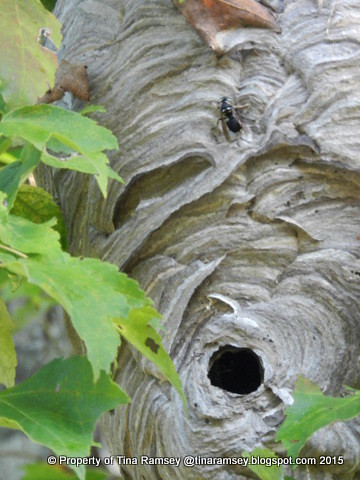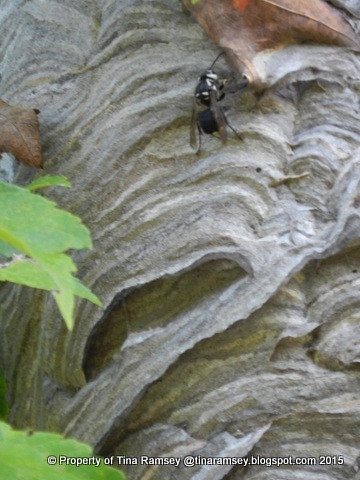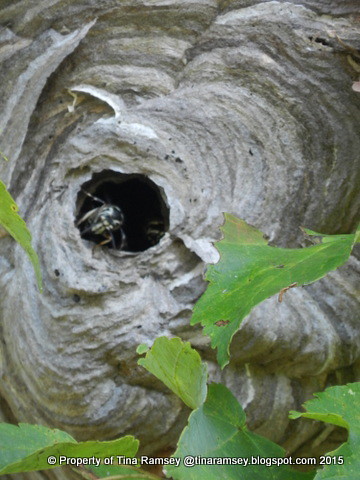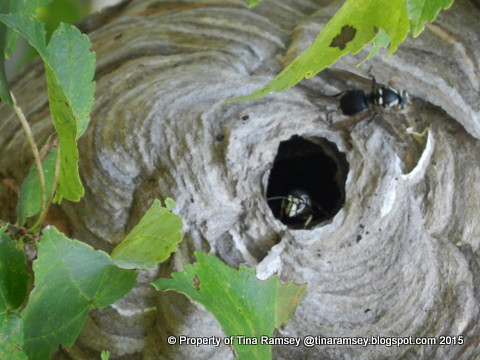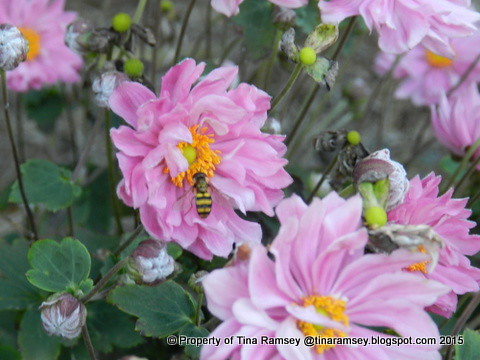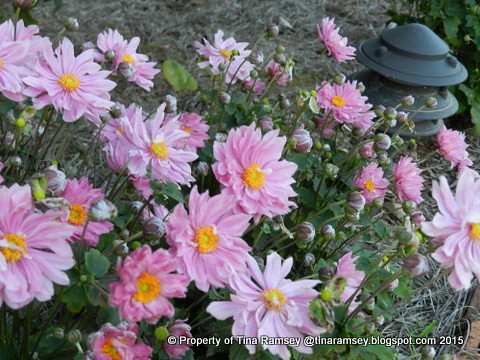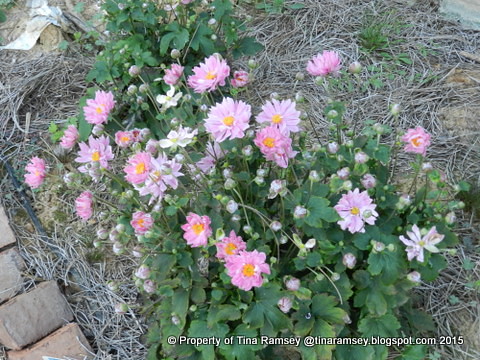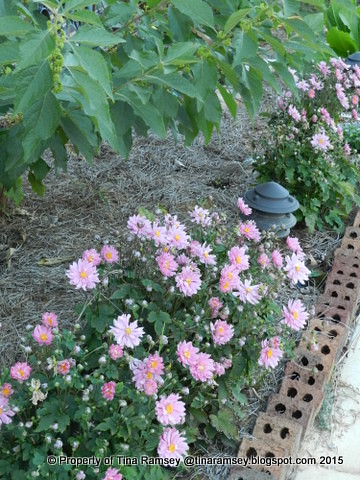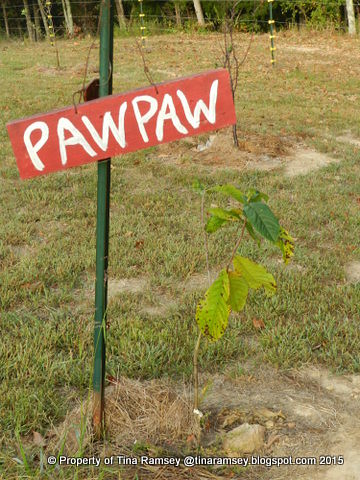
It has been nearly eighteen months since I last spoke about my little pawpaw seedlings. You may remember that post from last May in which I spoke about creating tree shelters for my pawpaw seedlings in order to keep the seedlings shaded from the sun. I have read that pawpaws will grow in the sun but when the trees are young they need to be grown in shade because the leaves are somewhat sensitive to the UV light from the sun. I now have some updates on the three seedling, grafted varieties I grow. The above pictured seedling is 'Overleese'. I took these photos recently so the leaves look a little ragtag but the seedlings are healthy! This is good news since I decided to remove my tree shelters about a month or two ago in August.
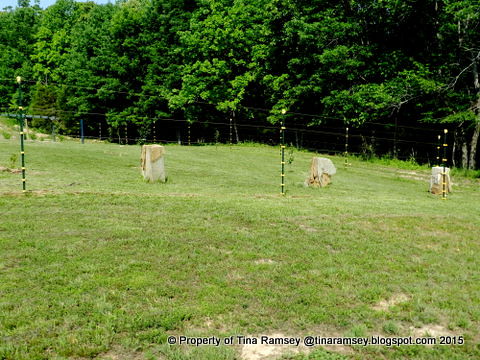
The above pictures shows the tree shelters from last year. I used metal cages around which I wrapped burlap to shield the seedlings. All three of my seedling pawpaws were planted in November of 2013. From that point until August ot 2015 I had the little seedlings covered.
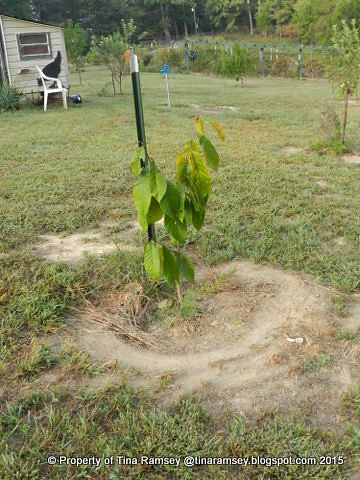
This year I was absolutely delighted to see the pawpaw seedlings leaf out normally and fairly robustly. The above pictured one is 'KSU'. 'KSU' is growing on the upper side of a slight slope and seems to really like the spot well. It was the one I would've expected to be sunburned by the sun after I removed the tree shelters but no, it is as happy as it can be. I think I can safely say that nearly two years the pawpaw seedlings were shaded was sufficient to protect the young trees, but of course I'll evaluate and watch them closely next year as well. If the seedlings get into distress I am prepared to recover them. I felt I should remove the tree shelters because the seedlings have doubled in size and were really filling out their shaded space.
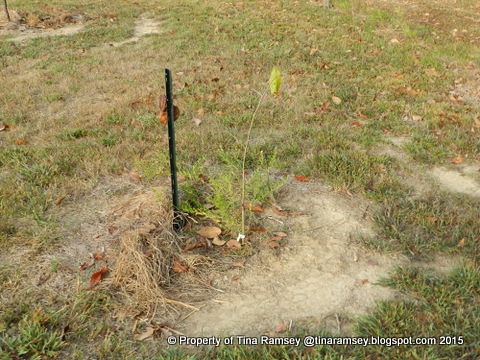
The last seedling tree I show is 'Sunflower'. 'Sunflower' is not quite as happy as the other two seedlings but that may have something to do with the fact this seedling is located at the bottom of a slightly sloping hill (you can easily see the slope in the second picture). It may be this seedlings gets a bit too much water or it may be that it sits in water longer than it should. Our unamended clay soil is very tough on plants and plants at the bottom of the hill may suffer a bit more due to the waterlogging capacity of clay soil. I do feel like the spots I planted all three pawpaw seedlings are perfect for them. We found a small grove of naturally growing pawpaws on our property that is in a low area in a draw that has a wet stream flowing through it sometimes. I tried very hard to simulate those growing conditions when I planted these seedlings except for the fact these seedlings are in the open and not under hardwood trees, and also I mow the orchard floor where these seedlings are part of a group of twenty four fruit trees. Each tree is spaced fifteen feet on center and are so far doing really well without the added shade of the tree shelters. I am so looking forward to seeing what they do for me next year....
in the garden....

